Last weekend, the inevitable finally happened; Aldi overtook Morrisons as the UK’s fourth largest grocer.
After months of hinting at the possibility – and the grocers’ market shares inching ever closer – it had become increasingly clear that Aldi was going to take Morrisons’ place in the ‘Big Four’ grocer listing, alongside Tesco, Sainsbury’s and Asda. The only real question was when.
And then, the day came. Data from Kantar revealed that Aldi’s UK grocery market share rose to 9.2% in the four weeks to 7 August, while Morrisons remained flat at 9%.
Being knocked so unceremoniously off the grocery podium will not have come as a shock to Morrisons – although with analysts largely predicting that the takeover would happen in 2023, it may have expected to hold onto its position a little longer.
“It’s little surprise that Aldi has now arrived in the Big Four,” says retail analyst Ian Scott. “It’s not so much that Morrison is particularly failing, more that Aldi’s growth was always going to bring them here eventually.”
Aldi: the perfect retail storm
Aldi’s market share has rapidly accelerated in the post-pandemic landscape, as the economic downturn and resulting focus on saving money has seen shoppers increasingly turn to the ‘discounters’ for their weekly shop.
With value placed firmly at the heart of what it does, Aldi is perfectly placed to offer consumers a solution to their rising bills without making them feel like they are struggling – an important consideration, if we are to learn anything from the discussion around Asda’s new Just Essentials range.
A focus on innovation means that new, high-quality products are constantly being introduced by a savvy, focused buying team, allowing the German supermarket to set itself apart from other value propositions.
Scott applauds Aldi’s strategic business model, describing it as “totally focused on incremental gains” which allow the retailer to “ensure its value offer is comprehensive”.
He also gives a nod to the award-winning own-brand products (“questionable” copying of products aside), witty social media team and a store environment which has been developed and enhanced in recent years to match and exceed many of the already established big players.
“As many shoppers split the traditional weekly shop, lots of people now shop at both Aldi and Waitrose, seeking specific items in each store. Who would have imagined Waitrose shoppers would also choose Aldi a few years ago?”
Why Aldi is more than just a ‘discounter’
As a German retailer, Aldi has a different business model to UK-based supermarkets, operating in a way which allows it to buy differently, offer better pricing structures and work off lower margins.
According to retail and brand consultant Richard Kohn, Aldi’s ‘discounter’ model was simple: focus on a limited number of key best-selling SKUs and attract people that were instinctively smart shoppers.
“The Aldi shopper understands that the basics are just that; good quality non-branded products that met their needs,” he says.
“The thing is that Aldi made a science of this. When it wanted a new product, the buying team was massively well-informed, and walked into manufacturers with a clear and well-defined specification for the product… And it’s worked. The supplier base has all done very well out of working the Aldi way.”
Aldi also knew that producing own-brand products that were as good as – or sometimes even better than – the branded alternatives would see consumers remaining loyal.
“Although the shopping environment was nowhere near as attractive, consumers ultimately found attractive prices more important than a well-serviced consumer experience,” says Kohn.
“No amount of promotional marketing will reposition another brand as offering the same – because at the end of the day the consumer looks at the total bill for their shopping, not the occasional price cut.”
Retail expert and director at The Retail Mind, Ged Futter agrees, emphasising that: “Aldi is not just a discounter; it is so much more than that.”
Futter credits Aldi’s success with an innate understanding of the British shopper – something he thinks it has done better than any other retailer in the past 10 years, by focusing on quality, provenance and innovation.
“Aldi doesn’t actually talk about price that much,” he points out.
“When price is at the core of what you do, you don’t need to shout about it in the same way. You can talk about other things, you can make sure that your stores are clean and fresh, that you’ve got innovation coming through… That’s what I think Aldi do better than anyone else.”
How did things go so wrong for Morrisons and what can it do?
“There is nothing Morrisons can do now, it is out of their hands,” says Futter.
“A look at the latest market share numbers shows that you can’t overturn those kind of numbers – any part that Morrisons once played in the Big Four has now gone.”
Over the past 12 months, rocketing inflation, rising food prices and a renewed consumer focus on keeping costs down has seen Morrisons flounder where other supermarkets have stepped up their pricing strategies with price matching, essential ranges and competitive offers.
The supermarket had a 10% market share this time last year, when it was initially purchased by US private equity firm Clayton, Dubilier & Rice. The deal left it with substantial debt and concerns that prices would have to increase if it was to remain afloat.
For its part, Morrisons has updated its “My Morrisons” loyalty programme in a bid to simplify money-saving tactics for its customers and announced that it was launching its ‘biggest ever price’ campaign.
Despite this, prices across the rest of the store were continuing to increase, leaving the supermarket without much to shout about in the battle to get consumers through the door – not an ideal situation to be in when inflation is already running at a record-breaking 10% and is set to go even higher.
“If you’re going to launch a massive campaign, you’ve got to actually have some value behind it,” Futter says.
“Morrisons may well have some products on offer. But overall the basket price is probably 30 to 35% higher than it is in Aldi – and if consumers can save 35% on their shopping then they’re going to do that.”
“It needs to define what it is, decide where it sits in the grocery sector and what it stands for,” he adds.
It’s a sentiment shared by Kohn, who believes the writing may already be on the wall for Morrisons.
“What does a smaller player like Morrisons do at this point? Part of me wants to say panic, because the writing is on the wall unless they reposition and go upmarket. I simply cannot see Morrisons being able to compete as a lower-priced supermarket long-term at their current scale.”
What does Aldi’s success mean for the rest of the grocery sector?
This week’s news has been a big upheaval for the grocery landscape, with wider repercussions expected across the sector as animated conversations take place in boardrooms across the UK.
Currently the third biggest supermarket in the UK, Adsa is the next supermarket to be placed firmly in Aldi’s sights, with a market share of just below 13%.
While it may seem like a relatively safe number for now, Aldi’s ambitious store opening plan is likely to see its market share jump significantly over the coming year or so, as it ramps up its store portfolio by 20%, taking it to 1,200 by the end of 2024.
German supermarket Lidl will also be paying close attention to the news – could it follow in Aldi’s footsteps as it continues to grow its market share?
While the retailer will undoubtedly continue to grow, the jury is still out as to whether it could have the same impact in the UK market. Where Aldi has adapted to meet UK needs, Lidl has stayed true to its roots, running the same business model and keeping the same focus in every country across Europe.
Aldi’s different approach has seen it focusing on the UK customer and delivering in terms of product innovation, instore experience and marketing. There’s no doubt that it has changed the face of major multiple retailing across the UK – the only question now is how far that change will go.
Click here to sign up to Grocery Gazette’s free daily email newsletter




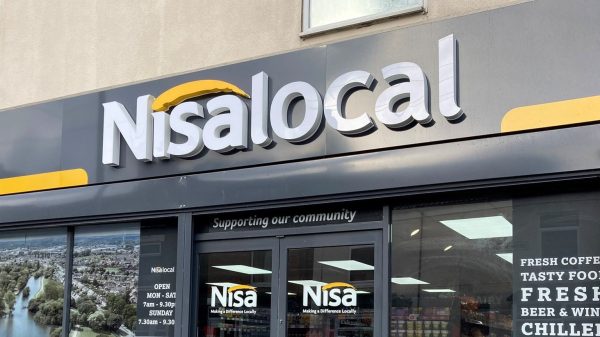

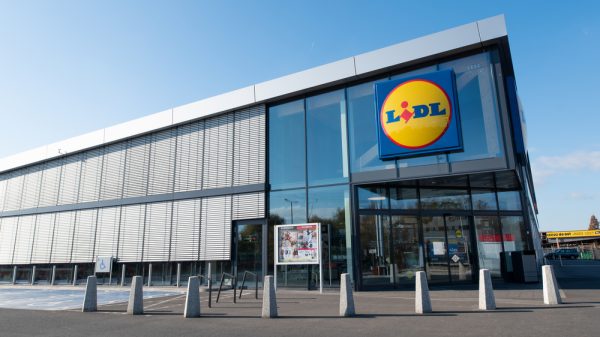
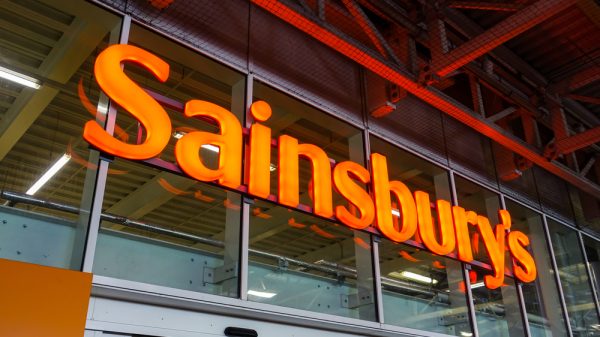
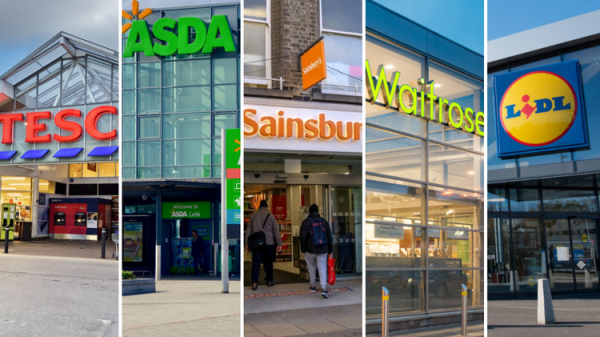

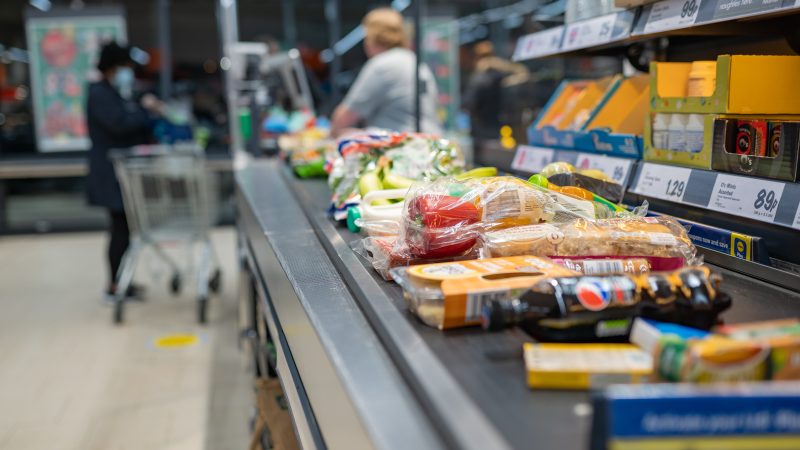
1 Comment. Leave new
With any luck, Morrisons will be forced out of business as their market share continues to shrink.